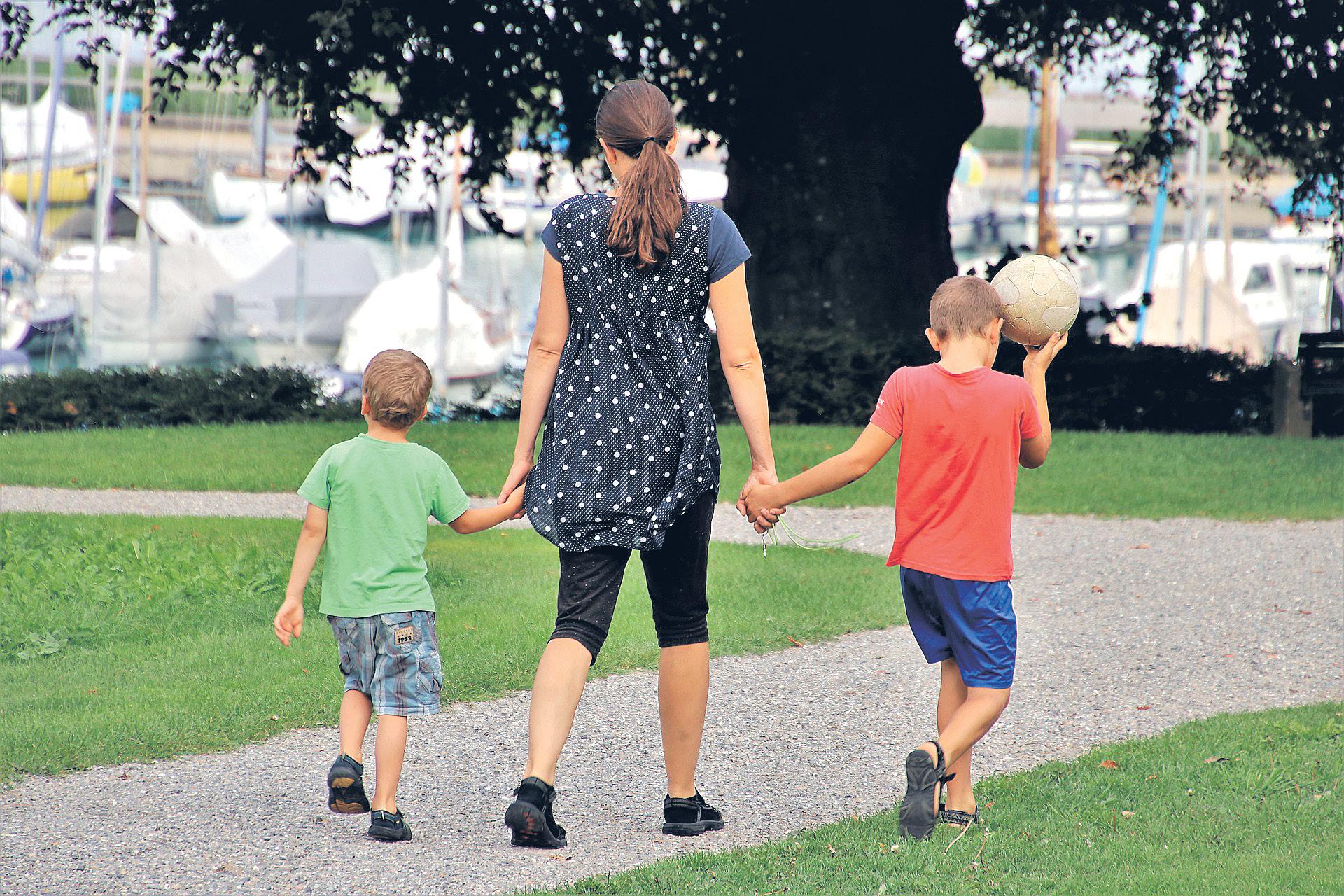
1 minute read
[New] A walk in the park a day, keeps the doctor away
A NEW study from UNSW Sydney, published in Heart, Lung and Circulation, shows how different types of urban green space impact cardiovascular health.
Previous studies demonstrate that nearby green space reduces risk of cardiovascular disease by promoting physical activity, reducing stress, and mitigating excess heat and air pollution.
High quality green spaces can also reduce loneliness, which then also benefits heart health. However, there is little understanding of which types of green space are important.
This research was led by Professor Xiaoqi Feng from UNSW and Professor Thomas Astell-Burt from the University of Wollongong.
The study involved over 100,000 Australian adults living in apartments or houses, analysing the nearby green space as well as ten years of hospitalisation and death data.
“We were interested in where Australians are living… and what type and quantity of green space may have impact on people’s hearts,” said Prof. Feng.
The study found that for those living in houses, tree canopy-style green space was associated with a lower risk of heart disease mortality.
One theory for this is that trees provide shade and cooler temperatures, making streets and parks more inviting.
Interestingly, for those living in apartments better cardiovascular health was not associated with green spaces, though further reaserch is needed.
Awareness is growing worldwide about the health benefits of green space.
In the US and Canada, more healthcare professionals are encouraging their patients to spend time in nature, known as ‘park prescriptions’.
Green space is also more important than ever in urban planning, with the major issues of climate change and city crowding.
In 2021, Prof. Feng’s research informed the City of Sydney’s $377 million strategy to plant 700 new trees annually for ten years and reach 40% green cover by 2050.
Research on green space and its benefits is becoming more important as massive urbanisation occurs. Learning about what types of green space are useful in certain areas means equal opportunity for everyone to benefit from nature.
Additionally, future urban planning needs to compliment existing fauna and green spaces.

![[New] Range croquet club](https://assets.isu.pub/document-structure/230116030852-4ccb2cd44be525c6d71f86e62e8cfb82/v1/a2909681952909d9d7c7d933049b27a4.jpeg)








